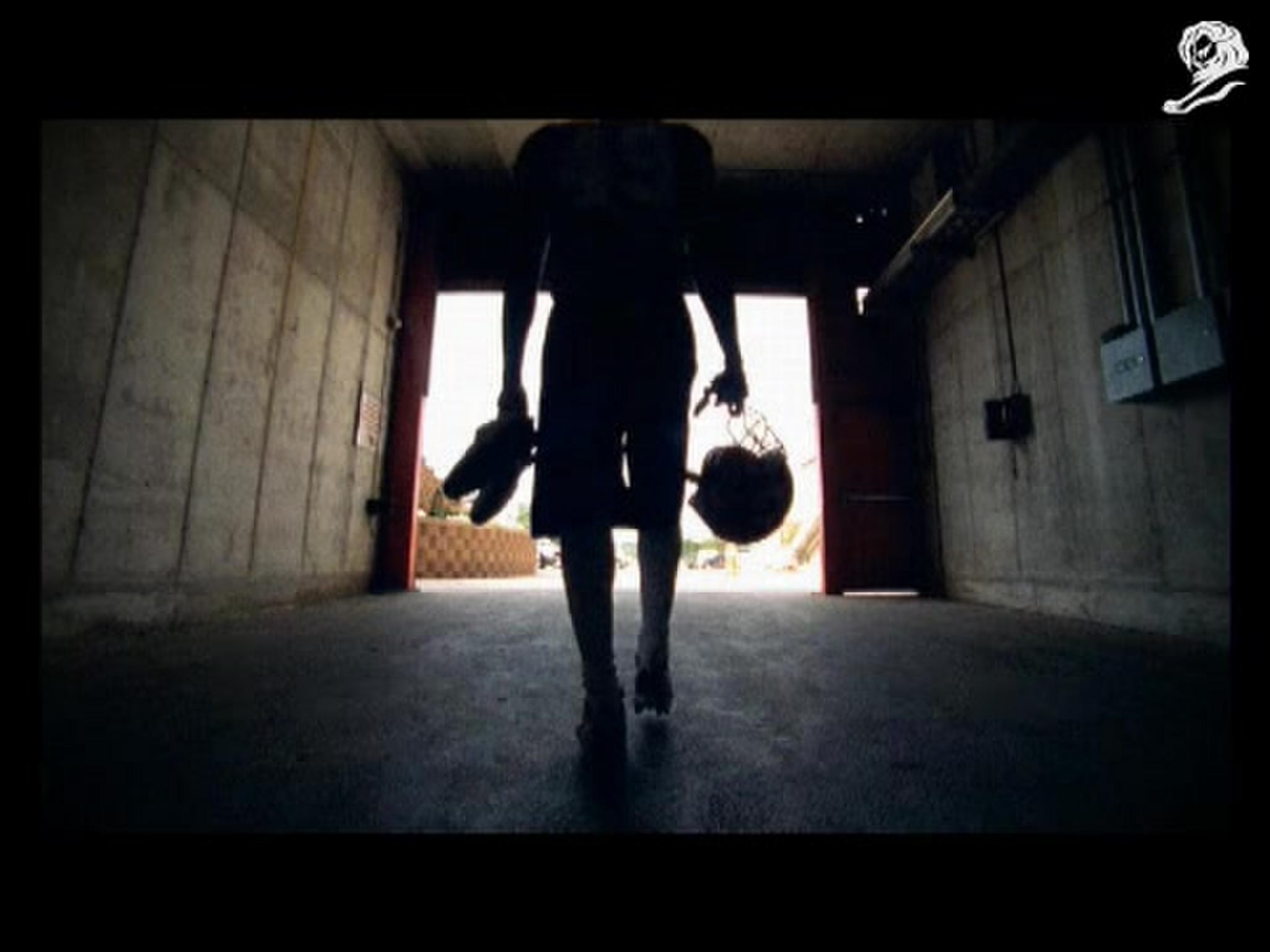Pharma > Regulated
THE BALANCING ACT
VML, London / ASTRA ZENECA / 2024
Awards:
Overview
Credits
Overview
Why is this work relevant for Film Craft?
This work is relevant because it requires a nuanced understanding of visual storytelling, cinematography, art direction, music and sound design, and editing to effectively convey our messages while complying with regulations. Crafting compelling visuals and narratives within these constraints demands skilled film craftsmanship to engage and educate audiences effectively.
To qualify for Pharma Lions, the pharmaceutical product or service the work was created for has to have gone through the relevant medical / legal / regulatory processes that apply to these communications.
This film is being seen by a global healthcare professional audience.
It does not advertise or promote a pharmaceutical prescription product, or any product.
It does feature messaging intended to be seen exclusively by healthcare professionals that needed to be referenced. It underwent mandatory legal, medical and regulatory review within AstraZeneca to assure compliance.
Please provide any cultural context that would help the Jury understand any cultural, national or regional nuances applicable to this work.
Despite vaccination, immunocompromised patients remain at risk from COVID-19, yet concern is reducing for both patients and their HCPs. But, no matter how small a priority they perceive it to be, COVID-19 is still a major risk and it could disrupt the very thing HCPs are trying to protect – the patient’s wellbeing. We need to show HCPs that they must reprioritise the COVID-19 conversation today, and proactively seek ways to protect their patients. That's why this film is important at this particular time. We aimed to be as culturally inclusive and diverse as possible, so audiences are able to empathise and relate to the people and situations depicted in the film.
Describe any restrictions or regulations regarding Healthcare/RX/Pharma communications in your country/region including:
Healthcare communications must adhere to strict regulations, including accurate representation of products, limitations on advertising prescription medications directly to consumers, and disclosure of potential side effects. This film is aimed at healthcare professionals, but does not promote a particular product. Nevertheless, its messages are still subject to these regulations.
Describe the target audience and why your work is relevant to them.
This film is for healthcare professionals who treat patients with primary conditions (e.g. transplant, kidney-disease and multiple sclerosis) that cause them to be immunocompromised.
It is relevant because, despite general apathy towards COVID-19, these patients are still at risk and doctors need to be encouraged to help protect them.
Write a short summary of what happens in the film.
Crafted from real patient insights, the film physically recreates their emotional uncertainty using balance. Each character is poised, almost frozen in time, on an unexpected object in an everyday situation. Their moments of doubt are drawn out using slow motion wide shots, with close-ups to capture the emotional toll. Lighting heightens their sense of isolation. Near the end, we start to see their 'wake up' moments, where we see them continuing to live their lives.
Background:
In a post-pandemic world, immunocompromised patients live with constant uncertainty. Finding a balance between staying safe from COVID-19 while living a normal life is a challenge they now face alone. Even doctors are tired of talking about COVID-19. The Balancing Act film aims to cut through COVID-19 fatigue and bring patients’ invisible struggle into plain sight.
Immunocompromised patients are vulnerable to COVID-19 due to conditions like blood cancer, kidney disease and multiple sclerosis, yet vaccines do not work for them. Many are determined to make the most of life - despite a lingering fear. We used literal balance to capture the uncertainty in everyday situations where patients may feel at risk.
The film aims to raise awareness among healthcare professionals of their patients’ hidden struggle. We're encouraging doctors to learn more about the continued risks for certain patient groups, and actively explore additional measures to protect the most vulnerable.
Tell the jury anything relevant about the cinematography.
The cinematography aimed to enhance our story and evoke specific emotions. The use of light and shadow, along with slow-motion sequences, helps heighten tension and draw viewers into the narrative. By manipulating these visual elements, the film can effectively convey the urgency and gravity of the situations - the balancing acts - depicted. This deliberate use of cinematography adds depth and resonance to the storytelling, making the film more impactful and memorable for the audience.
More Entries from Healthcare Professional Engagement in Pharma
24 items
More Entries from VML
24 items









